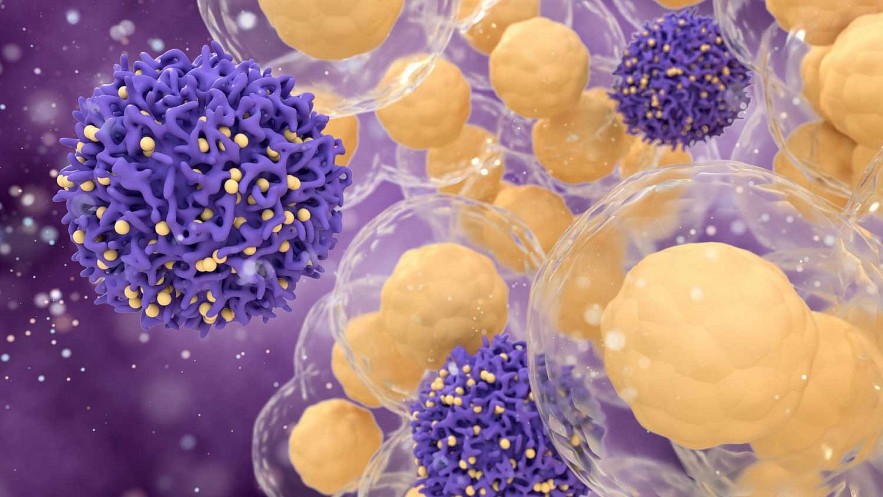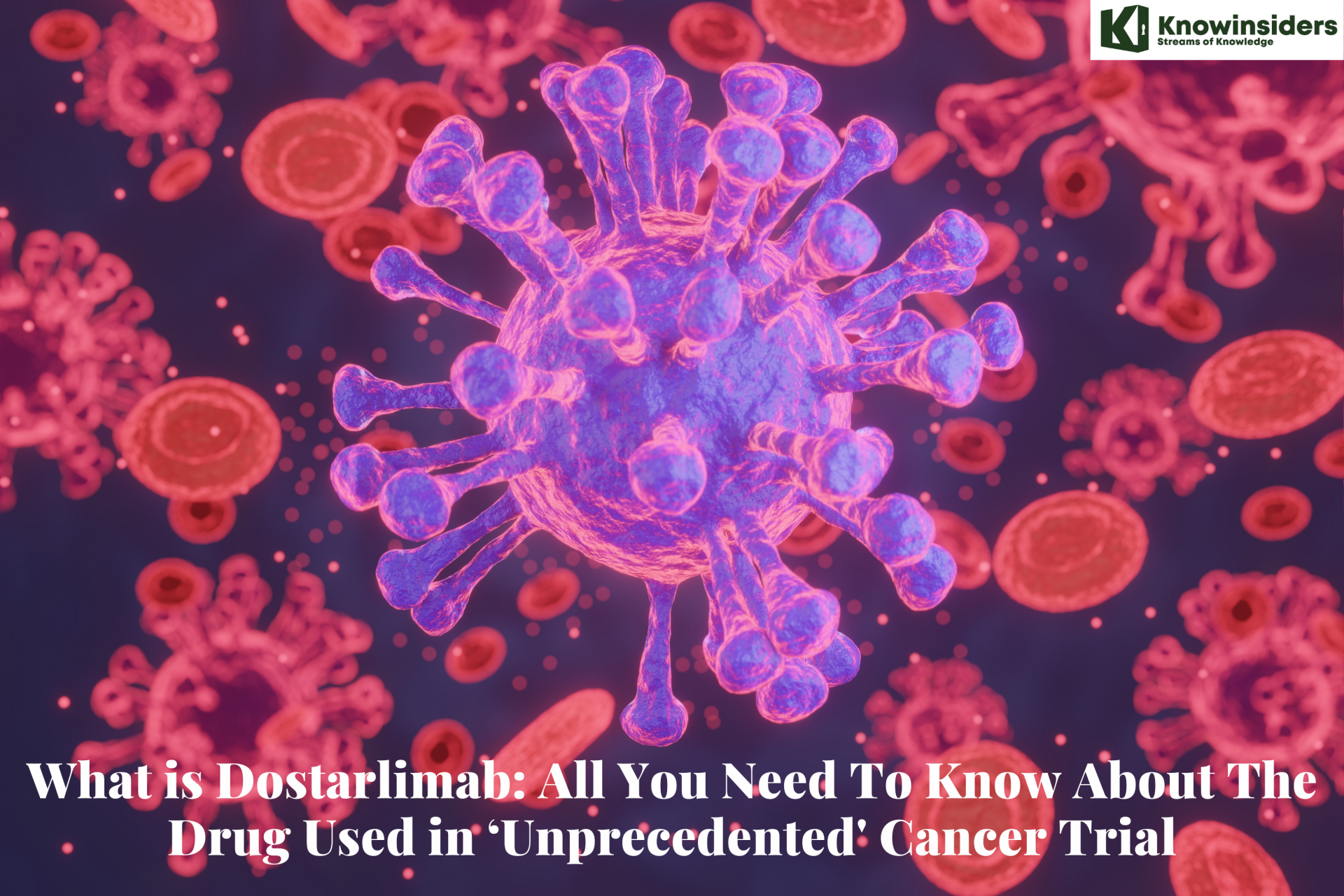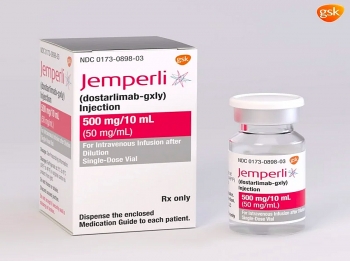Facts About Nanodrones or Nanobots That Can Treat Cancer
 |
| Facts About Nanodrones That Can Treat Cancer |
Professors Kang Se-byung and Sung Ho Park of Ulsan National Institute of Science and Technology's (UNIST) Department of Biological Sciences carried out the ground-breaking study. On December 2, the findings were released in the magazine Nano Today.
How do cancer-killing nanodrones operate?
Natural killer (NK) cells, which are innate lymphoid cells, are crucial to the immune system's defense against cancer. In the past, researchers have worked hard to harness the potential of natural killer cells to create potent cancer treatments. The research team has now successfully produced tiny drones, known as NKeND, that interact with cancerous cells.
Targeting cancer cells and triggering killer cells are two of NKeND's two objectives. Mice experiments demonstrated that the cell-guiding microplanes successfully eradicated the desired cancer cells.
Consequently, the tumor was greatly suppressed with no discernible negative effects.
READ MORE: 10 Best Magic Fruits To Prevent Cancer And Fact-Check
To what extent does the research matter?
Recombinant cancer cell adhesins and protein-caged nanoparticles can be used in new ways to make cancer-specific cell engagers.
The technique has a lot of promise for the targeted therapy of tumors that were previously challenging to treat.
"This research presents new possibilities for immune treatment through NK cell delivery nanodrones, overcoming challenges such as the movement and survival of NK cells," said Professor Kang Se-byung, expressing his delight about the findings. Our goal is to advance research on cancer-specific immune cell induction and other areas to open up new avenues for personalized treatments that target specific cancer types.
READ MORE: Can Dostarlimab Medicine Cure All Types of Cancer?
Using nanobots to eradicate cancer: Is it possible?
Nanobots are tiny "robots" that have a size between one and one hundred nanometers. Researchers are investigating the potential uses of nanobots in healthcare and medicine, including the treatment of cancer and the clearing of blood vessel blockages.
A fascinating new technology with a wide range of applications is nanorobots. But the majority of the uses that we have thought of up to this point have been related to medicine.
Hematology
The science of blood and blood disorders, or haematology, is one area where this has happened.
Red blood cell emulation is a primary use for nanobots. Robert Freitas Jr., a futurist, proposed the respirocytes in the 1990s. These are artificial red blood cells that are hypothetical and can be used to replace carbon dioxide and oxygen in the blood.
The respirocyte would be six times smaller than a typical red blood cell, with a total size of around one micron, or 1000 nanometers. Compared to organic red blood cells, this architecture would enable the robots to enter even the tiniest capillaries and guarantee far more effective oxygen delivery to tissue. Additionally, compared to a typical blood cell, it is made to carry 236 times as much oxygen and carbon dioxide.
Dental care
Dentistry is yet another possible application. This article suggests that almost every aspect of dental treatment could profit from the use of nanorobots. This includes anything from cosmetics and regular cleaning to orthodontics. These microscopic robots might be fitted with a tiny camera for use in root canals, which would eliminate any doubt about the circumstances and increase the procedure's efficacy.
Cancer treatment
Nanobots have the potential to be used for cancer diagnosis and treatment.
Scientists have been experimenting with using nanobots to actively seek out and destroy cancer cells, according to a paper published in IFL Science. According to the 2012 design, the nanobots would patrol the bloodstream and search for indications of distress, much like white blood cells. The robots will discharge a tiny but lethal cargo of chemicals or nanoparticles when they identify a target cell. The cancer cells would therefore be forced to self-destruct as a result of these nanoparticles interfering with their ability to proliferate.
With this kind of precision therapy, healthy cells can be spared while the tumor cells are attacked. This holds significance as it has the potential to mitigate the adverse effects of chemotherapy.
 What is Dostarlimab: Drug of 100% Cure for Cancer What is Dostarlimab: Drug of 100% Cure for Cancer For the first time in history, a small clinical trial in the United States showed 100% eradication of the cancer disease in patients by Dostarlimab. ... |
 Can Dostarlimab Medicine Cure All Types of Cancer? Can Dostarlimab Medicine Cure All Types of Cancer? Dostarlimab is a drug that blocks the effect of cancer cells on the immune system, causing immune cells to find and destroy tumors effectively. |
 Medical Breakthroughs 2023: Pigs to Humans, Kill Cancer and HIV Medical Breakthroughs 2023: Pigs to Humans, Kill Cancer and HIV A series of medical breakthroughs such as the first cure of HIV, pig heart transplant to humans, anti-cancer vaccines, ect have been initiated in 2022 ... |


























